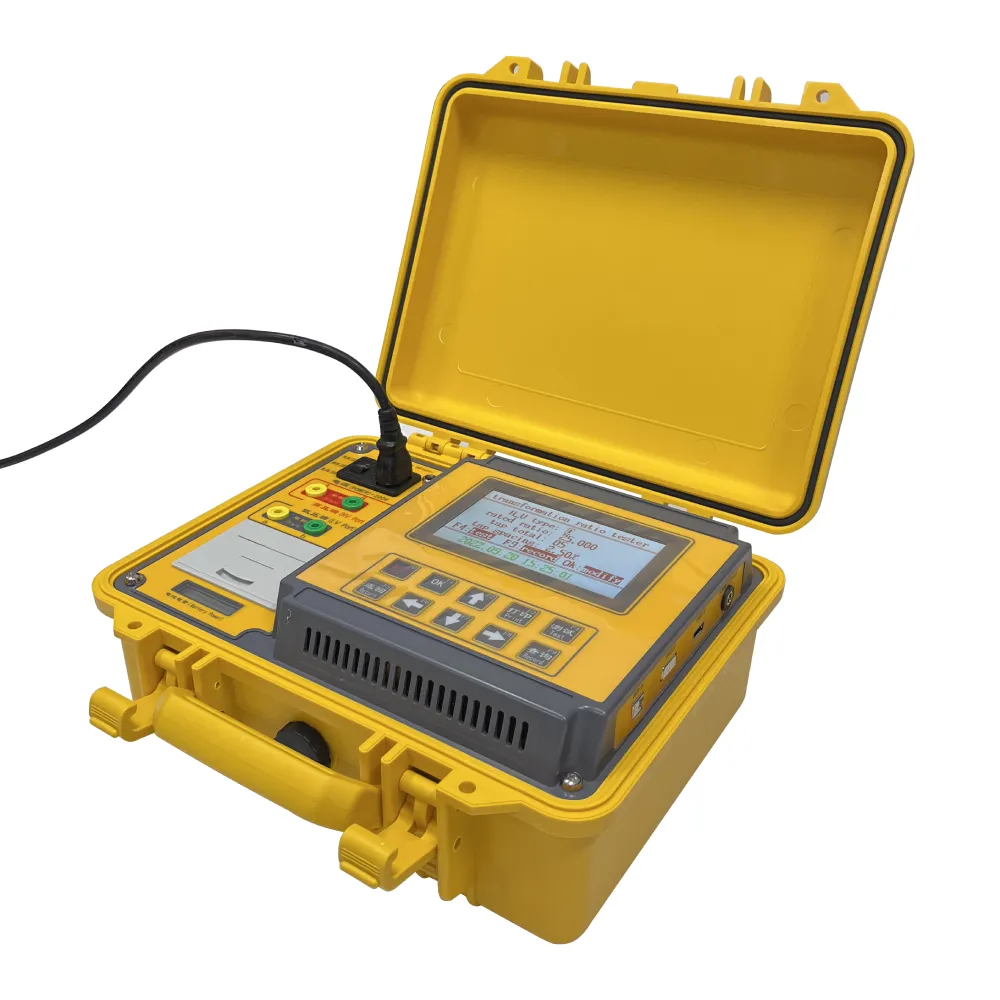 English
English



-
 Afrikaans
Afrikaans -
 Albanian
Albanian -
 Amharic
Amharic -
 Arabic
Arabic -
 Armenian
Armenian -
 Azerbaijani
Azerbaijani -
 Basque
Basque -
 Belarusian
Belarusian -
 Bengali
Bengali -
 Bosnian
Bosnian -
 Bulgarian
Bulgarian -
 Catalan
Catalan -
 Cebuano
Cebuano -
 China
China -
 China (Taiwan)
China (Taiwan) -
 Corsican
Corsican -
 Croatian
Croatian -
 Czech
Czech -
 Danish
Danish -
 Dutch
Dutch -
 English
English -
 Esperanto
Esperanto -
 Estonian
Estonian -
 Finnish
Finnish -
 French
French -
 Frisian
Frisian -
 Galician
Galician -
 Georgian
Georgian -
 German
German -
 Greek
Greek -
 Gujarati
Gujarati -
 Haitian Creole
Haitian Creole -
 hausa
hausa -
 hawaiian
hawaiian -
 Hebrew
Hebrew -
 Hindi
Hindi -
 Miao
Miao -
 Hungarian
Hungarian -
 Icelandic
Icelandic -
 igbo
igbo -
 Indonesian
Indonesian -
 irish
irish -
 Italian
Italian -
 Japanese
Japanese -
 Javanese
Javanese -
 Kannada
Kannada -
 kazakh
kazakh -
 Khmer
Khmer -
 Rwandese
Rwandese -
 Korean
Korean -
 Kurdish
Kurdish -
 Kyrgyz
Kyrgyz -
 Lao
Lao -
 Latin
Latin -
 Latvian
Latvian -
 Lithuanian
Lithuanian -
 Luxembourgish
Luxembourgish -
 Macedonian
Macedonian -
 Malgashi
Malgashi -
 Malay
Malay -
 Malayalam
Malayalam -
 Maltese
Maltese -
 Maori
Maori -
 Marathi
Marathi -
 Mongolian
Mongolian -
 Myanmar
Myanmar -
 Nepali
Nepali -
 Norwegian
Norwegian -
 Norwegian
Norwegian -
 Occitan
Occitan -
 Pashto
Pashto -
 Persian
Persian -
 Polish
Polish -
 Portuguese
Portuguese -
 Punjabi
Punjabi -
 Romanian
Romanian -
 Russian
Russian -
 Samoan
Samoan -
 Scottish Gaelic
Scottish Gaelic -
 Serbian
Serbian -
 Sesotho
Sesotho -
 Shona
Shona -
 Sindhi
Sindhi -
 Sinhala
Sinhala -
 Slovak
Slovak -
 Slovenian
Slovenian -
 Somali
Somali -
 Spanish
Spanish -
 Sundanese
Sundanese -
 Swahili
Swahili -
 Swedish
Swedish -
 Tagalog
Tagalog -
 Tajik
Tajik -
 Tamil
Tamil -
 Tatar
Tatar -
 Telugu
Telugu -
 Thai
Thai -
 Turkish
Turkish -
 Turkmen
Turkmen -
 Ukrainian
Ukrainian -
 Urdu
Urdu -
 Uighur
Uighur -
 Uzbek
Uzbek -
 Vietnamese
Vietnamese -
 Welsh
Welsh -
 Bantu
Bantu -
 Yiddish
Yiddish -
 Yoruba
Yoruba -
 Zulu
Zulu
Designing a High-Current Pulse Generator Circuit for Efficient Applications
High Current Pulse Generator Circuit An Overview
High current pulse generators are essential devices in various applications, ranging from testing electronic components to conducting research in fields such as physics and materials science. These circuits are designed to deliver short bursts of high current, which can be crucial for simulating real-world scenarios, evaluating the performance of components under stress, or studying the effects of high current on materials and devices.
Basic Operation Principles
The fundamental principle behind a high current pulse generator is the ability to store energy and release it rapidly when needed. Typically, these circuits consist of a power supply, energy storage components (like capacitors or inductors), and a method of controlling the discharge of energy, such as a switch (transistor or thyristor).
The process begins by charging the energy storage element. Once it reaches the desired voltage, the switch is closed, allowing the stored energy to discharge through the load, creating a high current pulse. The duration and shape of the pulse can be adjusted by modifying the circuit components and controlling the switching mechanism.
Key Components
1. Power Supply This provides the necessary voltage to charge the energy storage element. High-voltage supplies may be used for applications requiring very high currents.
2. Energy Storage Capacitors are commonly used because they can charge quickly and release energy in a very short time span. In more specialized applications, inductors may also be included to shape the pulse.
3. Switching Elements Fast switches, such as MOSFETs, IGBTs, or thyristors, play a crucial role in controlling the discharge timing. The choice of switch affects the rise time and fall time of the pulse.
4. Load The load could be any device or material being tested, such as resistors, inductive loads, or sensors. The characteristics of the load will influence the behavior of the pulse.
Applications
high current pulse generator circuit

High current pulse generators find extensive use in both industrial and research environments
- Component Testing Engineers use these circuits to test the limits of electronic components like transistors, diodes, and integrated circuits under high-current conditions.
- Material Studies Researchers in materials science utilize pulse generators to study the thermal and mechanical properties of materials under extreme conditions, such as stress tests and heat treatments.
- Electromagnetic Pulse Testing In security and defense, these generators simulate electromagnetic pulses to assess the resilience of equipment and structures.
- Medical Devices Certain medical applications, such as electromyography or electrotherapy, may employ these pulse generators for specific treatments.
Challenges and Considerations
While designing high current pulse generator circuits, several challenges need to be addressed. High currents can generate significant heat, requiring adequate thermal management solutions like heat sinks or airflow systems. Additionally, the circuit must be designed to avoid electromagnetic interference (EMI), which can affect performance and accuracy.
Another consideration is the triggering mechanism. Fast and reliable triggering is essential for achieving precise pulse characteristics, especially in applications requiring high accuracy.
Conclusion
High current pulse generator circuits are versatile and powerful tools in modern electronics and research. Their ability to produce controlled, high-energy pulses makes them invaluable in testing and investigating the performance of various devices and materials. With the continuous advancements in electronics, these circuits are poised to evolve, offering even greater capabilities and precision in numerous applications.
-
Ensuring SF₆ Gas Safety: Introducing PUSH’s Integrated SF₆ Analyzer for Dew Point, Purity, and Decomposition MonitoringNewsJul.10,2025
-
Exploring the Main Types of Industrial Endoscopes and Their Applications Across IndustriesNewsJul.04,2025
-
Testing Equipment Industry Sees Major Advancements in 2025: Smart & Precision Technologies Lead the WayNewsJun.06,2025
-
Applications of Direct Current Generators in Renewable Energy SystemsNewsJun.05,2025
-
Hipot Tester Calibration and Accuracy GuidelinesNewsJun.05,2025
-
Digital Circuit Breaker Analyzer Features and BenefitsNewsJun.05,2025



